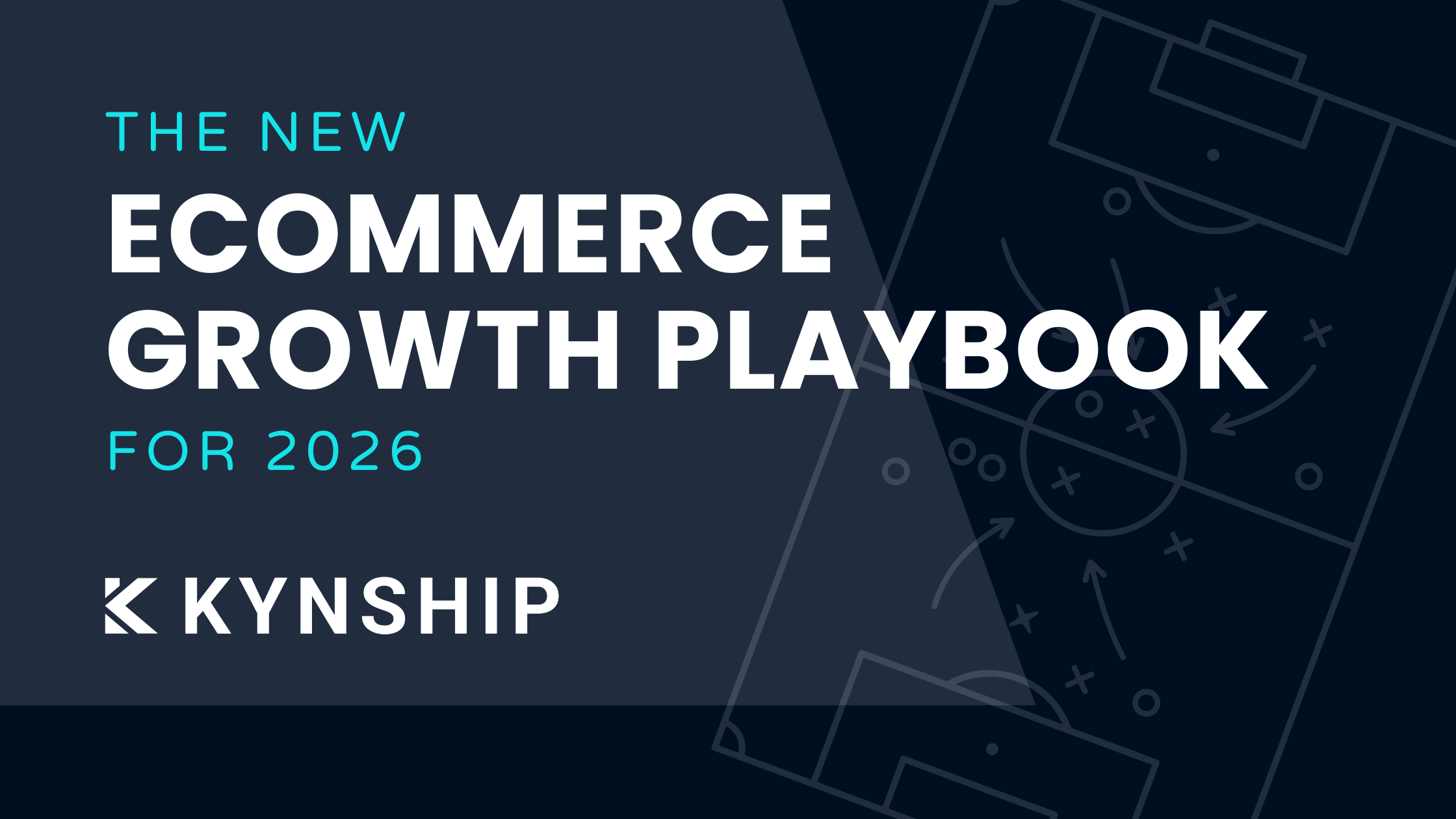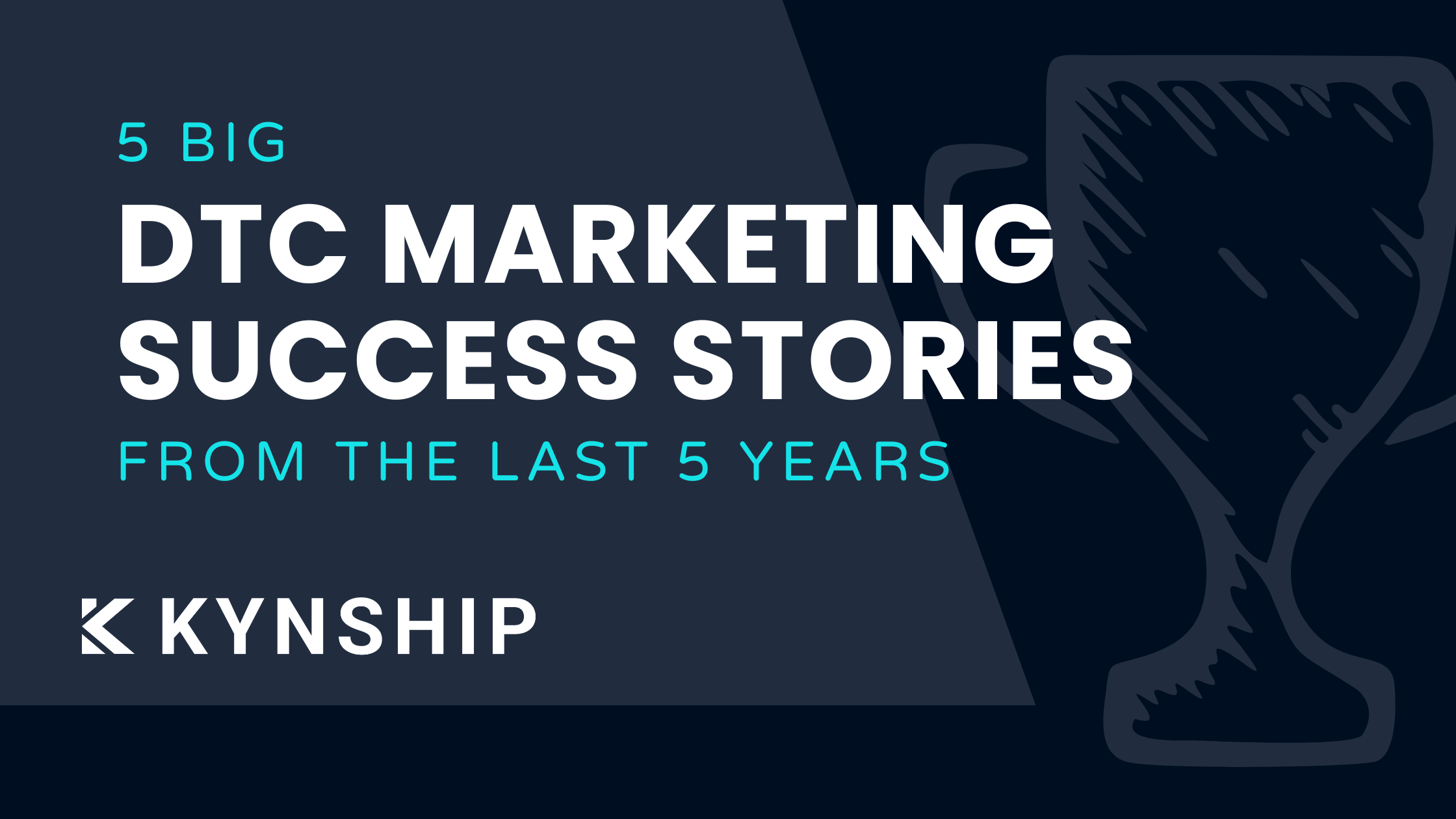Content Creators vs. Influencers vs. Studio: Which One Should You Work With?

When studio agencies shut down to follow social distancing measures in 2020, there was a 33% increase in brands looking to hire influencers. That gave rise to influencer-generated content (IGC) — the photos, videos, and other creative assets social media influencers create in partnership with a brand. But IGC is no longer simply an influencer marketing trend. It’s here to stay.
Advantages of Choosing Influencer-Generated Content Over Studio Shoot
Asking influencers to create your social media marketing assets is more cost-effective, performs better, and is less time-consuming. Let's explore these benefits in more detail:
#1: Influencer Content Is Cheaper
The biggest benefit of all is the reduction in cost with IGC compared to studio shoots. Obviously’s study found there was a 50% reduction in creative expenses on average when working with influencers in place of a production studio.
You can get various pricing packages in studio shoots. But in our experience, it would cost you around $20,000 - $25,000 to create 25 pieces of high-quality content. What’s worse, these assets aren’t unique — there are two to three standard concepts emulated across brands. You can maybe get a couple of iterations from it, but that’s pretty much it.
If you want to create 25 unique assets via influencer content creators, you can do that for as low as $5,000 - $10,000. How? By using our influencer marketing strategy of product seeding, building relationships, and sourcing content.
Influencer-generated content isn’t only cost-effective but also gives you individual, diverse branded content.
#2: Influencer Content Performs Better
There’s something a full-blown professional photoshoot can never capture: authenticity.
There’s been a 40% increase in ad performance of influencer content in social ads since the pandemic. Why? It might be because you need a diverse set of content for your ad account library to be profitable. IGC is original, relatable, and trustworthy for your audience.
Read more: How to Maximize & Scale Paid Media Success with Influencer-Generated Content
Although experts at what they do, professional photographers or videographers don’t have a large following aligning with your target audience. Brand deals with influencers give you content that converts and an opportunity to build brand awareness.

57% of brands in one survey by Linqia even agreed that influencer content somewhat or greatly outperforms brand-created content.
If you want your photos and videos also to boost your digital marketing efforts, influencer-generated content is the way to go.
#3: Influencer Content Is Less Demanding
Professional photo studios aren’t just expensive, they also require extensive planning. Not to mention, arranging and executing studio shoots soaks your time like a sponge — coordinating with several people in the team, setting up an approval process, and a long turnaround time.
Creating influencer content is comparably much less demanding. You don’t need too many people for execution, you can take a hands-off approach and allow content creators their creative freedom, and the process moves much more quickly.
The best part? You don’t have to limit using influencer-generated content only on your marketing campaigns on social media. You can repurpose it for your website, paid ads, emails, and other marketing channels.
Note: You do need professional photography and videography of your products on your website. The argument isn’t to ditch studio shoots entirely in favor of influencer-generated content but to include a slice of your budget for influencer content creation along with studio shoots.
Influencers vs. Content Creators: What’s the Difference?
Now you know influencer content works. What about choosing to partner with content creators over influencers?
Key differences:
Content creators are people who are skilled at creating high-quality content. They can be bloggers, YouTubers, social media creators, etc. Influencers are people who can create content that sells. They have built an engaged audience on social media platforms like Instagram, TikTok, and even LinkedIn.
- Content creators may or may not have a large follower count. A social media influencer, on the other hand, has built a following — not necessarily huge but highly engaged. Even the followers of a micro-influencer trust them with product reviews, value their opinions, and respect their perspectives. Influencers have an “influence” that content creators don’t.
- An influencer may or may not be able to create high-quality content, but they do create content that drives conversions (if their followers’ demographics align with your potential buyers). On the other hand, a content creator’s primary expertise lies in content creation — whether that sells or not is a different story.
But there’s a clan of influential content creators who meet both the criteria — they can create social media posts that make people stop scrolling, and they have amassed a significant following with high engagement rates.
Influencers as Content Creators: A Checklist for Examining Content Creation Abilities
Finding the right influencer for your brand who is also adept at content creation is no easy task. Luckily, after examining thousands of influencers for hundreds of brands, we’ve built a handy checklist to examine the content creation abilities of social media influencers:
- Engagement rates: Good engagement rate is a minimum of two to five percent for 100,000 followers. This rate could vary depending on the size of the influencer. For example, many micro-influencers are at the 10% level.
- Brand-fit: You want the content creator’s feed to be aesthetically pleasing, cohesive, and on-brand. Ask if the content they create is good enough to be repurposed across marketing channels, optimized for all devices, and builds accurate brand awareness.
- Consistency: The primary facet of an influencer is showing up to their job consistently. You don’t want someone who hasn’t posted in months to form a sponsorship with your brand. An influencer you hire should post at a regular cadence of at least every 48 - 96 hours.
- Fake followers: As influencer marketing becomes an important aspect of every brand’s marketing strategy, more and more digital creators are resorting to buying fake followers (and even fake engagement) because they’re paid in part for those numbers. Conduct a fake follower audit to ensure there are no purchased followers on an influencer’s profile.
- Prior brand partnership experience: This isn’t a requirement per se, but it’s a good-to-have. If an influencer has featured other brands in their stories and posts, examine how they talk about the product — along with producing high-quality content, were they able to pinpoint product benefits that would increase conversions? Are they excellent storytellers who can create thumb-stopping reels?
- Instagram highlights: You want to partner with an influencer content creator who creates video content often and consistently. Why? Video is booming right now: The amount of online video watched per week, per person, has almost doubled since 2018, and 86% of marketers say video has been effective for generating leads, according to the latest State of Video Marketing report by Wyzowl. This doesn’t mean an influencer has to have all videos on their Instagram highlights or Instagram posts, but if you come across an influencer who has no highlights at all, take it as a red flag that they might not put much effort into the partnership.
- Camera-comfortable: This is where the influencer shines over the content creator. Partner with an influencer who not only knows how to work around a camera, but can speak to their phone confidently, smile, and talk about your product to your specific audience in a way that’s interesting and aligned with your values.
- Has a YouTube channel: Like the brand partnership experience pointer, this isn’t a non-negotiable requirement. Having or not having a YouTube channel doesn’t decide an influencer’s capabilities. But it does give you more evidence to assess if an influencer is also a skilled content creator and can create commercial marketing assets for your brand.
Hire Influencers Who Also Double as Content Creators
In this article, we reached two important conclusions:
- Your brand needs to assign more budget to influencer-generated content. Studio shoots are expensive, time-consuming, and not as high-performing.
- Work with influential content creators who are skilled at creating high-quality content and increasing conversions.
But the difficult part is it isn’t easy to find content creators who have an engaged following. It can be even more challenging to optimize influencer-generated content to get maximum ROI from your sponsorship.
The good news? We’re here to help: Book a call with us today to know how.


5 DTC Marketing Success Stories From The Last 5 Years
Five real DTC marketing success stories from the last five years, breaking down how brands scaled despite rising CAC, creative fatigue, and tougher competition, plus key lessons you can apply today.

The New Ecommerce Growth Playbook For 2026
These are the ecommerce growth marketing strategies we are using right now to successfully scale DTC brands from $2M to $50M.
Bi-weekly tips to reduce your CAC
Join thousands of DTC operators and subscribe to Cut the CAC for insights from the Bottom Line Podcast and Kynship's growth strategies.


.avif)
.avif)
.avif)



